Things To Do in Tokyo at Night
categories: asia travelOn a grey day in November Tokyo like our most recent trip to Tokyo, the sun sets at 4:30 pm so even people who are not night owls will want to know things to do in Tokyo at night. As we prepared for our trip my wife laughed that every neighborhood seemed to be described as a cute shopping street with restaurants. Many of the suggestions that fellow travel bloggers gave me were eating, drinking and shopping and tall places where you could look down on the places to eat and drink and shop.
Table of contents: ()
Places to Eat and Drink and Shop
While places like Pissing Alley next to Shibuya with its tiny bars and restaurants (some of which will only hold 5 people) are well known, many different neighborhoods around the city have small restaurant filled back alleys. We stayed close to the Edo Museum and ate our first night at one of these local restaurants which specialized in gyoza. It didn’t have English menus and didn’t have a table large enough for 5 people. So try the well-known places below but also check the neighborhood around where you are staying for small cheap good restaurants and bars.
Yurakucho Shimbashi
Jason Jenkins from AnEpicEducation.com writes:
When most people visit Tokyo, they don’t think of the Yurakucho/Shimbashi area for sightseeing. True, during daylight hours, this business district is not action-packed. Once the sun sets, however, the streets and alleyways around the office towers light up with neon and the glow of fires from outdoor grills. Here you’ll find a wide variety of cuisine: from exquisite kaiseki and shabu shabu to greasy-spoon ramen and gyoza joints. Thousands of office workers leave their desks and head straight to tables set up on the sidewalks.
My favorite strip of eateries and watering holes follows one of Tokyo’s most well-known train lines. The JR Yamanote Line runs a circular route through downtown Tokyo on elevated tracks about three to five meters above street level. Thanks to lower real estate values, loads of restaurants and bars have opened shops underneath the tracks.
Simply follow the trains from Yurakucho to Shimbashi Stations (or vice versa) and you’ll encounter all manner of interesting establishments. You’ll find high-end Korean cuisine next to a hole-in-the-wall Thai place with a line out the door. Not far away you’ll find top-shelf sushi next to a dusty alley of family-run six-seater izakaya. Turnover is high, and with so many places to choose from you’ll be able to find good grub fast. Or just go for a cocktail and the people watching. Either way, you’ll see a side of Japan few visitors experience.
Shinjuku
Pari Alva from traveling-pari.com writes:
Shinjuku, at night, is a treat for the eyes as all the buildings are brightly lit up. There’s an abundance of bars, restaurants, maid café and shops that will entertain you.
However, you must keep your wits about you in the Kabukicho area. This area is a shadier part of Tokyo, so if you walk the streets late at night you may be hustled by people into their hostess bars that charge a lot of money. One of the famous draws for tourists in this area is the Robot Restaurant. In keeping with the seedy theme of Kabukicho, this restaurant has stage shows featuring robots and semi-clad girls. Also, don’t miss Godzilla peeping over the tower of Hotel Gracery at Godzilla street. The statue lights up and moves every few minutes and smoke billows out of its mouth to mimic fire.
A better area to visit in Shinjuku is Golden Gai, known for its traditional bars and restaurants. However, the catch is that some, not all, of these bars and restaurants are only open to local Japanese people. A good sign that the bar is open to visitors is to look if they have posted an English menu outside the restaurant.
Tokyo’s Robot Restaurant (Shinjuku)
Allan Wilson from live-less-ordinary.com writes:
Found within the bright neon and flashing lights of Shinjuku, Tokyo’s Robot Restaurant is a must for Tokyo Nightlife, and for me, it has to be one of the most marvelous shows in the world. And while Tokyo is well known for its themed cafes, the sheer extravagance and expense (it’s rumored to have cost near 10 billion yen – $90,000,000), makes you wonder why they even risked such a thing in the first place. But I can’t think of a better way to spend a night in Tokyo, and while the show does seem geared somewhat towards the Otaku subcultures (Tokyo’s Nerds), it no doubt captures a wider audience with its outlandishness and fun of it all.
The show itself follows epic battles pitting robots versus beasts, often with scantily clad cosplay girls, lots of flashing lights, and just a lot of madcap goings-on in between. Like pandas riding cows. Although the performances do change quite regularly, so you can just expect anything really. Anyway, it is something you must see for yourself to understand, and tickets are easily found online, but best bought in advance (around 6,000 Yen).
Food-wise then, while it is known as a restaurant, there’s really only bento boxes on the menu, as well as alcohol. And alcohol would probably best suit the occasion.
I will admit that when my family was just in Tokyo, we skipped the Robot Cafe. A lot of the reviews made it sound like Chuck E. Cheese on steroids (or on LSD as Allan wrote). Allan’s video does make it seem a bit more interesting, but still loud.
Takeshita Street (Harajuku)
Sally Lucas from our3kidsvtheworld.com writes:
Takeshita Street, Harajuku in Tokyo is a pedestrian shopping street lined with fashion boutiques, cafes, and restaurants. Takeshita Street comes alive at night time, the street is only about 400m long but has over 100 different and funky little stores. If you’re not keen on crowds, I suggest you visit during the daytime. Harajuku is a very popular district with international tourists and with Japanese tourists visiting Tokyo on school trips. It’s located close to Shibuya and Shinjuku and is famous for Japan’s most extreme teenage cultures and fashion icons, however, there is something for everyone on Takeshita St.
Located directly across the street from the JR East Harajuku Station, you can’t miss it right next to the multi-level GAP store. Harajuku is popular for all things ‘kawaii’ meaning cute in Japanese. Make sure you sample a crepe at one of the window front stores and the kids will enjoy the lolly and cotton candy store. We did much of our souvenir shopping here, with many vendors lining the street with reasonably priced souvenirs. After you have finished in Takeshita Street the Meiji Shrine or the Oriental Bazaar is only a short walk away.
Places to Get a Great View
Metropolitan Government Building
Sylvia Van Overvelt from wapititravel.com writes:
There are several observation platforms in Tokyo. One can argue about which one has the best views on Tokyo’s impressive skyline but one thing is for sure, the views from the Metropolitan Government Building are the cheapest. Both observation decks, one located in the Northern tower of the building, the other located in the Southern tower, can be visited for free.
Both of them are located at a height of 202 meters and offer similar views. On a clear day, you will be able to spot famous landmarks such as Mt. Fuji and the Tokyo Skytree. At night the views over the city are just as spectacular. It’s one of the best places to visit in Tokyo if you want to see the city from above.
The Southern observatory deck houses a café and the Northern observatory houses a restaurant open for breakfast, lunch, and dinner.
It’s easy to reach the Metropolitan Government Building with the metro or the train. The Tochomae stop of the Oedo Subway Line (Toei) is located directly underneath the building. From Tokyo’s central Shinjuku station, it is a 10-minute walk to the Metropolitan Government Building. Shinjuku station is served by several JR lines and both Tokyo Metro and Toei lines. To get to the building take the West exit of the station.
Tokyo Tower
Nancy from ensquaredaired.com wrote:
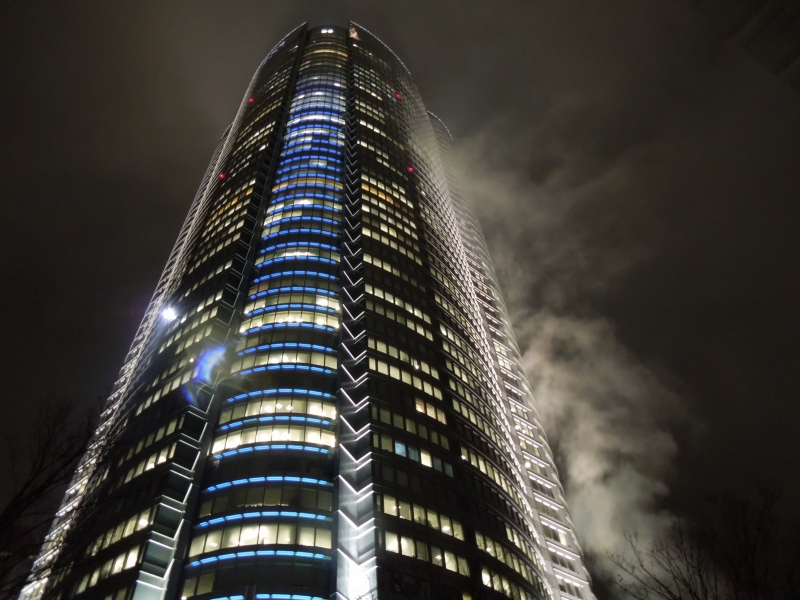
Roppongi Hills Mori Tower
Shibuya Crossing
Kristin Addis from bemytravelmuse.com writes:
Shibuya Crossing is one of those touristy things in Tokyo that truly is worth doing. The crossing is exactly what it sounds like – a crosswalk. However, this is no ordinary crosswalk. It swells with hundreds, sometimes thousands, of people all crossing an intersection at the same time. It looks amazing from above and it’s a fun experience when you’re in the thick of it. I also like that it’s free, easy to reach, is located right outside Shibuya station, and is a great photo op. It’s bright, it’s energetic, and it’s a true Tokyo experience. I recommend going at dusk and watching as the lights come on, particularly around rush hour when it’s likely to be full of people. You can watch from the sidelines, then jump into the action and ask a friend to take a long exposure photo of you while the crowd walks by. Don’t worry about being in the way – simply step to the side of the major crosswalks – all lanes of traffic stop so it’s safe – and hold still while people pass by. Don’t worry, you won’t be the only one doing it.
You can also enjoy the view from the deck of Fatburger restaurant’s observation deck, or from the windows of the famous Starbucks right on the crossing.
- Get a universal plug adapter
- Get a Car Rental
- Get an eSim to be able to use your smartphone abroad.
- Get a Japan Rail Pass
- Search for Great Tours HERE
- Book Your Accommodation HERE
- Buy Travel Insurance
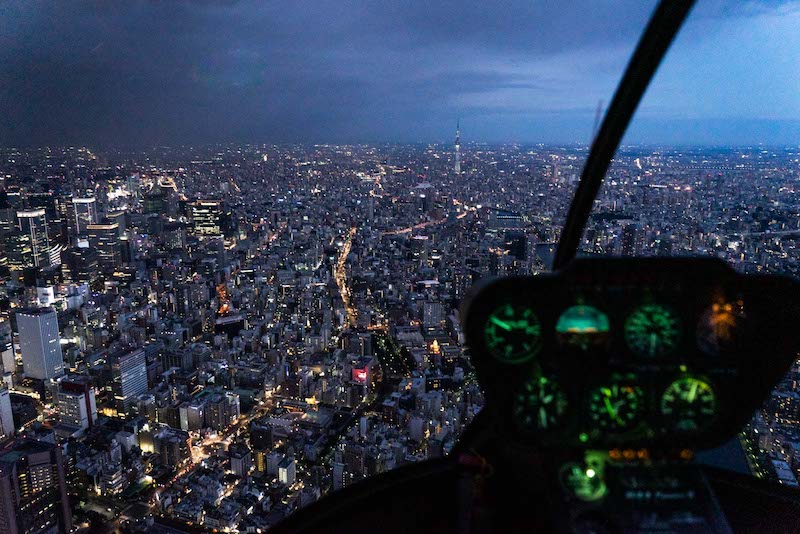
Helicopter Ride
Michael Turtle from timetravelturtle.com writes:
There are some great viewpoints in Tokyo where you can see the city at night – but none of them is nearly as high as the view you get from a helicopter.
One of the most thrilling experiences in Tokyo at night is to take off in a chopper and circle the center of the city. As you fly over the skyscrapers, you’ll see the neon lights flashing and the headlights of the cars moving across the city. The main Tokyo station glows with shinkansen coming in and out, Shinjuku is a ball of color, and Tokyo Skytree stands out against everything else.
It’s a very special perspective that most people will never experience. It’s also really interesting to see how Tokyo is laid out and how close to the water the downtown actually is! It gives you a new way to look at such an incredible city.
Doing a helicopter ride above Tokyo at night is also more affordable than you might expect. The price will depend on exactly how many people are in your group, but it’s about US$200 a person for a 15-minute ride. All the helicopter companies leave from the Tokyo Heliport which is near Shin-Kiba station.
Sensoji Temple
Alex Waltner from swedishnomad.com writes:
“Sensoji Temple is one of the most famous temples in Japan, and one of the most visited attractions in Tokyo. Next to it you also have Nakamise Dori, which is a vibrant shopping street filled with great souvenirs and sweets. This shopping street is said to have been around since the early 1700s.
Sensoji Temple is located in the historic district of Asakusa, and it’s the oldest temple in Tokyo. It was founded already in 645 AD. Next to the temple, you can also see the impressive five-story pagoda, also known as the Asakusa Shrine.
At night, you can see the temple and pagoda being illuminated, which shouldn’t be missed while visiting. It’s easy to get here as well, just go to Asakusa station via subway or train, and walk 5 minutes. In the surroundings, you will find lots of restaurants, ranging from budget to more exquisite dining options.
The best time to visit is somewhere before sunset so that you can see the temple and pagoda in daylight as well. It’s truly stunning, so allow some 30 minutes or so before sunset to see the temple and pagoda. Nakamise Dori really comes to live in the evening, so I would suggest walking around the shopping street afterward.
If you need to buy souvenirs, this is a great place to do so, even though it’s a bit touristy. However, you will find everything about Japan here, and there are some stalls providing quality products as well.”
Other Things to Do at Night
Teamlab Borderless Mori Digital Art Museum
Corinne Vail at ReflectionsEnroute.com writes:
One of the hottest things to do in Tokyo is to visit the Teamlab Borderless Mori Digital Art Museum in Odaiba. Using digital animation, you walk through galleries utilizing top technological systems to create scenes, worlds, animals, growth, many different worlds. These worlds, through movement, are able to shift from one place to another, as humans do. The vibrant colors, animations, and sounds provide continual entertainment and a sense of awe and imagination.
Each room provides a completely different sense of interaction, a conglomeration of sight, sound, and touch. Moving on from being mainly a spectator, the top floor is reserved for the Athletic Forest, where children and adults alike, take off their shoes and run, slide, push balloons, climb metal trees, color sheets, and other hands-on interactions.
It’s easy to reach the Mori Digital Art Museum by subway, and it’s much better to go first thing in the morning or during dinner time until closing as it is such a popular event that it is difficult to get in or if you do get in, you want to go when the crowds are smaller. Tickets can be purchased online here.
Don’t miss this fantastic Tokyo activity, and experience the joy of digital animation with all your senses.
Yakatabune River
Abigail King from insidethetravellab.com writes:
Ever since Japan’s 17th century Edo period, civilized patrons would relax of an evening by gliding along the Sumida River in a traditional Yakatabune Boat.
Today, you can follow in their footsteps – or add a distinctly more modern vibe by joining a karaoke version filled to the brim with vocal locals or “salarymen.”
The Sumida River has enough landmarks to keep you entertained, but not so many that you feel torn between looking outside and getting your groove on. There’s the aptly named Rainbow Bridge, dripping in blue, yellow, and red, and you’ll also pass the SkyTree Observatory.
The Yakatabune are low, slow boats, with lines upon lines of windows, so there’s no need to jostle for the view. They come with traditional tatami mats and a range of dining options organized in advance. Along with tempura and sashimi, expect the alcohol to flow freely. Sake, shochu, and beer slosh freely, which does at least help with the social expectation to join in the karaoke. Get ready to get barefoot and dine cross-legged, too, as that’s all part of the experience.
I was the sole foreign traveler on mine, and the sole woman, at that, but ended up with some of the warmest, funniest memories of my trip.
Tokyo Disney Sea
Thais Saito from worldtripdiaries.com writes:
One of the best things about Tokyo Disney is that they offer the Twilight Pass. It’s a more affordable entry ticket that allows people to enter the park after 3 pm.
Tokyo Disney is pretty great, and you’ll definitely need more than 2 days to see both parks but if you only want a taste of it, take some pretty photos, or you’re on a tight budget, this is the perfect ticket.
Disney at night, when the sky darkens but all the lights turn on, is magical. It becomes a different place. The evening parades (like the Electrical Parade) are astonishing, and the projections on the castle and the fireworks also only happen at night.
During the last hour of the park, the lines for most rides are shorter, but be quick because they close up the lines around 30 minutes before the park closing time.
It’s worth it even during winter when park opening hours are shorter, but during summer, when the heat is unbearable in the afternoon, it’s perfect for everyone and a great thing to do in Tokyo with kids!
MariCar
Ben McLaughlin from horizonunknown.com writes:
Tokyo at night is full of busy streets and colorful, bright lights. There’s no better way of exploring this illuminated city than driving a motorized go-kart. Taking the wheel of an automatic kart is an exciting experience, anyone searching for an adrenaline boost in Tokyo – this is for you!
Just like the computer game Mario Kart, there are multiple courses to choose from, with most starting from the main shop in Akihabara. Visiting Tokyo Tower by driving there is an unforgettable memory from Tokyo!
You even get to choose your character. Throw on the onesie of your favorite Mario Kart character (or choose from many more to pick from) and zip around the streets of Tokyo!
While these karts get up to speeds of 60 km/hr, safety is a huge point and every vehicle is maintained and complies with all laws. All you need is a valid driver’s license and an international driver’s permit (you do need both to be able to drive). While it is safe, you are driving on the main roads with real cars, so take your time and observe regular traffic laws.
If you’re after a thrilling and unique way to experience Tokyo at night, check out MariCar!
Night Baseball
My college friend Dave writes:
I went to a Yomiuri Giants game while in Tokyo. The Tokyo Dome was rocking, with fans continually cheering and singing, very similar to supporters sections at big soccer matches. Every seat was full and plenty of standing room spots were available right when the doors opened, but fifteen minutes later, many spots were taken or “reserved” by placing a newspaper on the floor.
The food was a variety of Japanese snacks, bento boxes, candy, and popcorn. There are cheerleaders and mascots on the field, and people waving giant flags everywhere. During batting practice, foul balls and home runs are retrieved, and not kept by the fans, so no need to bring a glove.
I would advise getting there early to enjoy the amusement park next to the Dome, stopping at the Shake Shack on the outside of the Dome, and going to the Japanese Baseball Hall of Fame and Museum near Shake Shack. If you have a reserved seat, there is no need to go in right when the Dome opens, but a SRO ticket will get you a better spot if you go in very early, and bring a newspaper.
+Chris Christensen | @chris2x | facebook

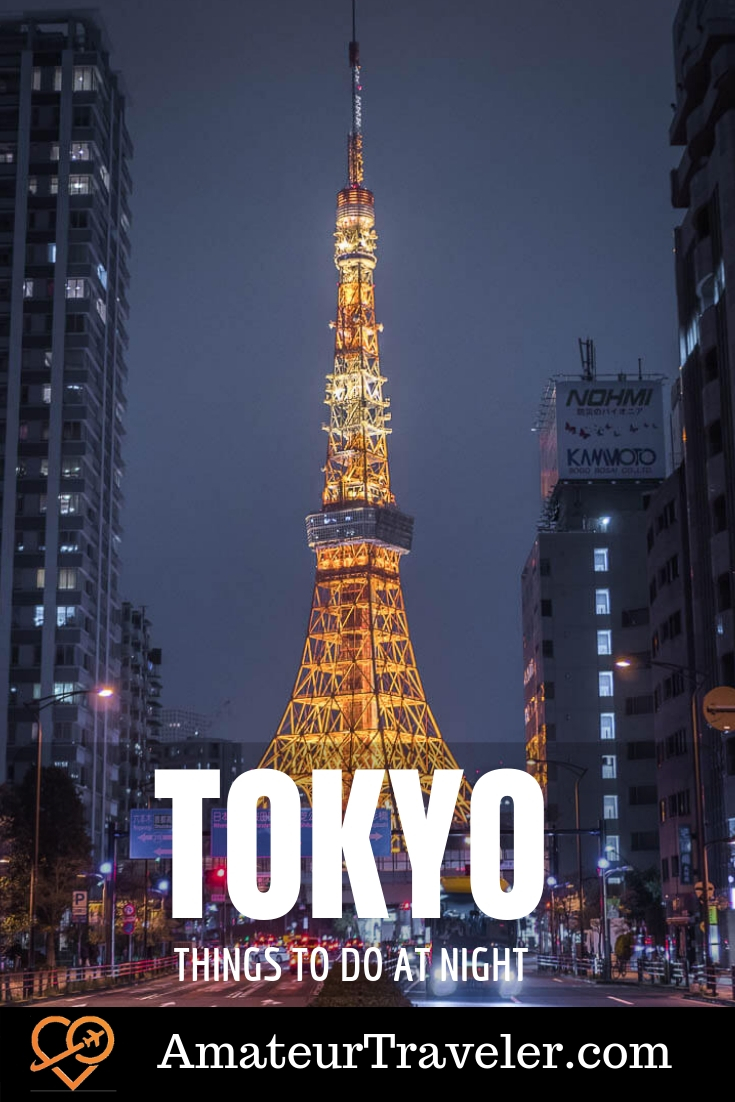
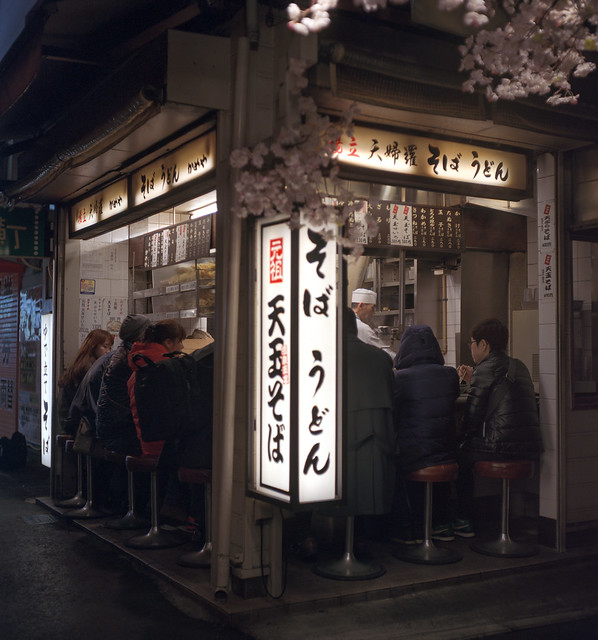
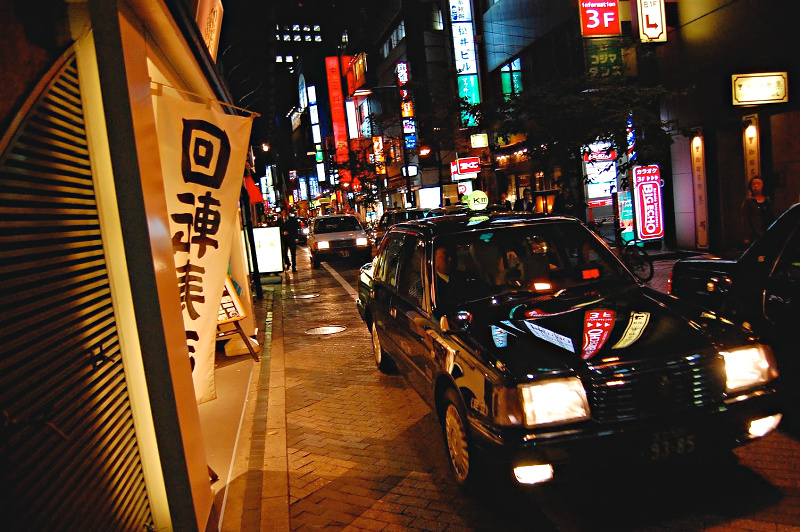
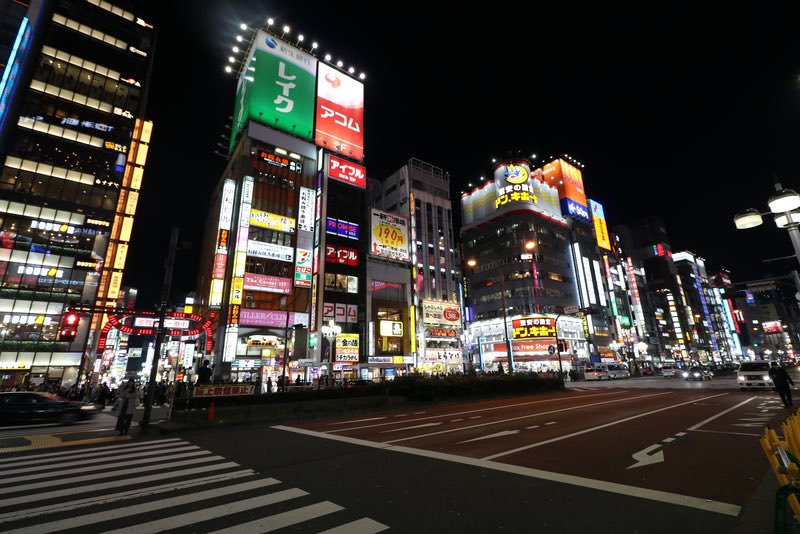
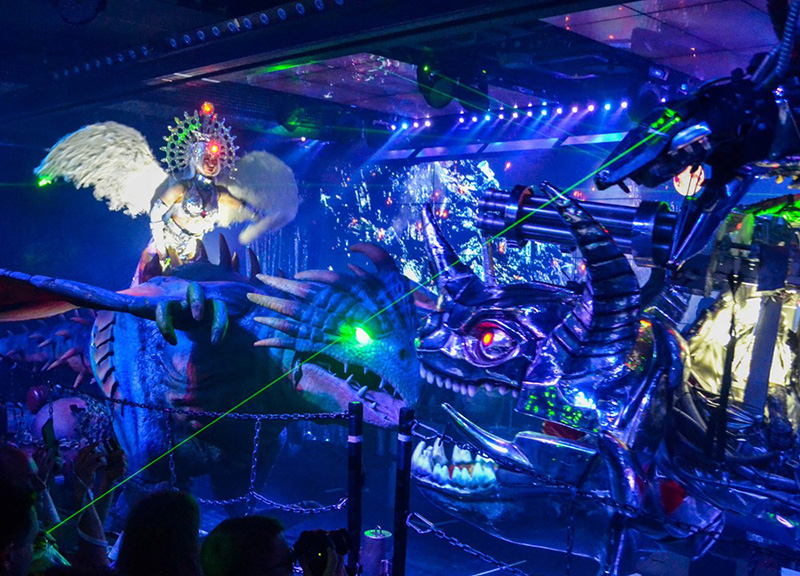
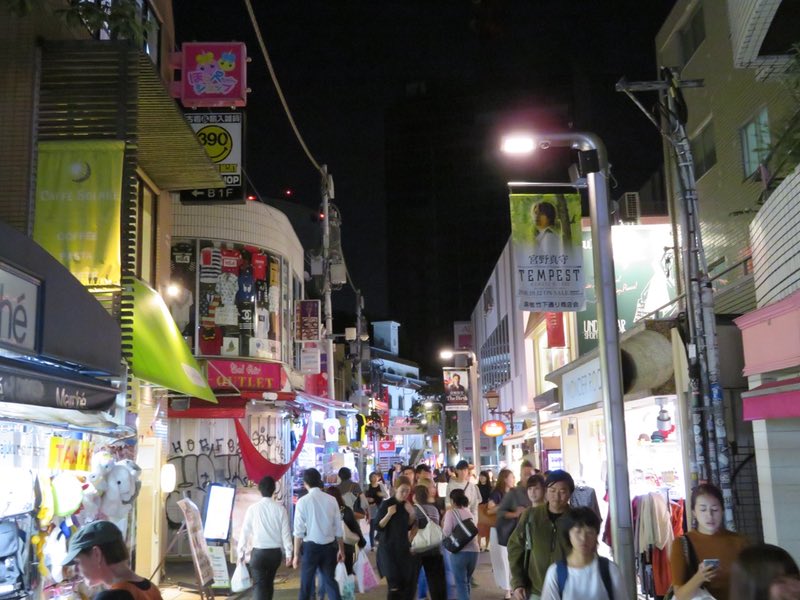
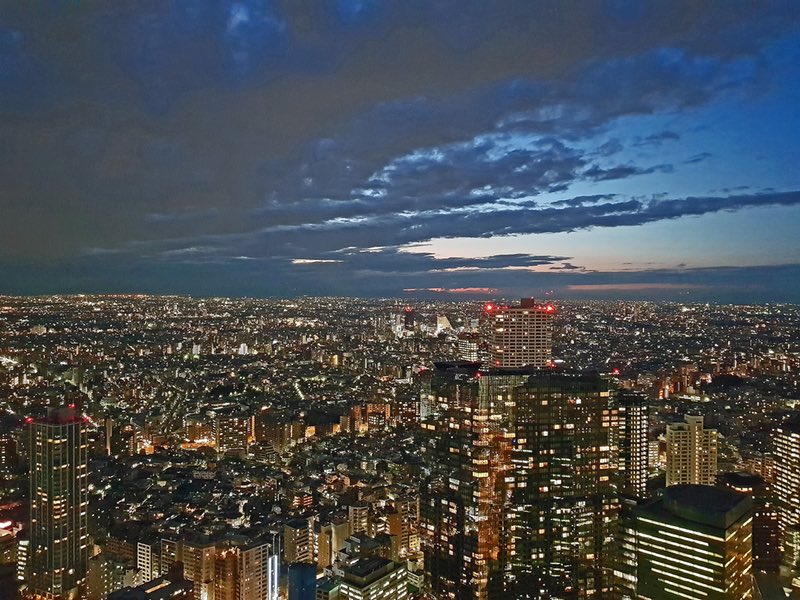
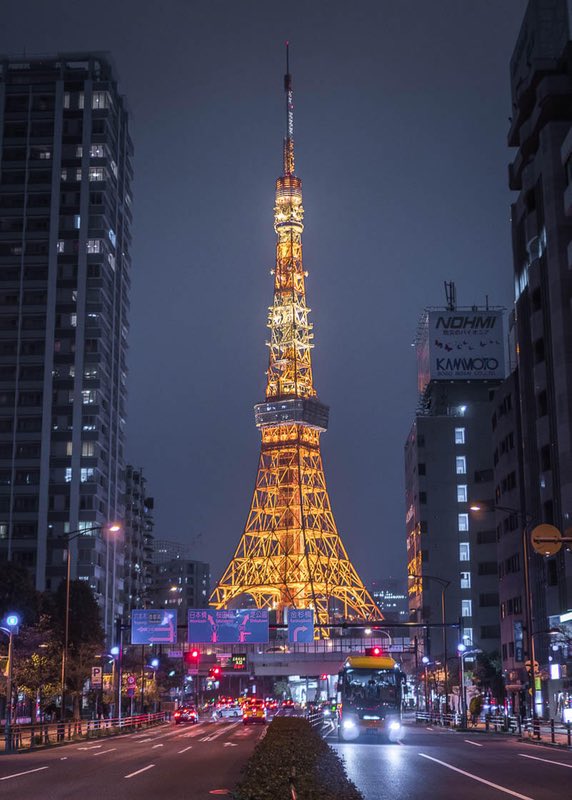
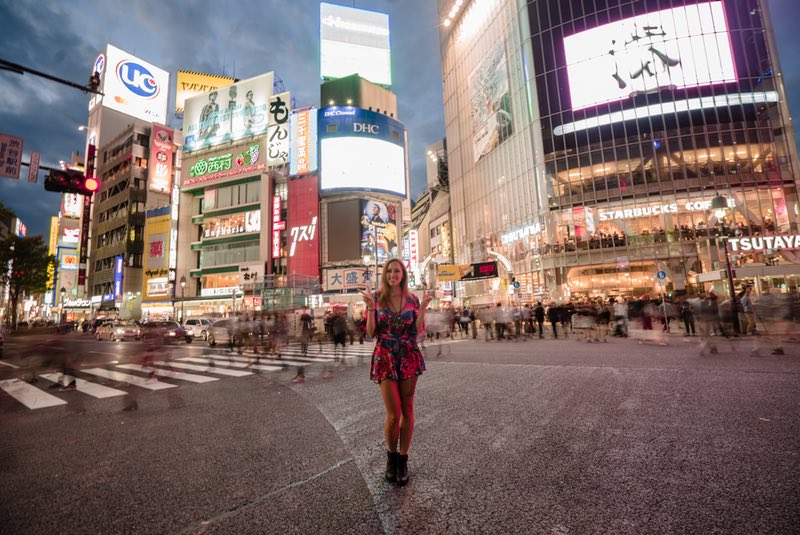
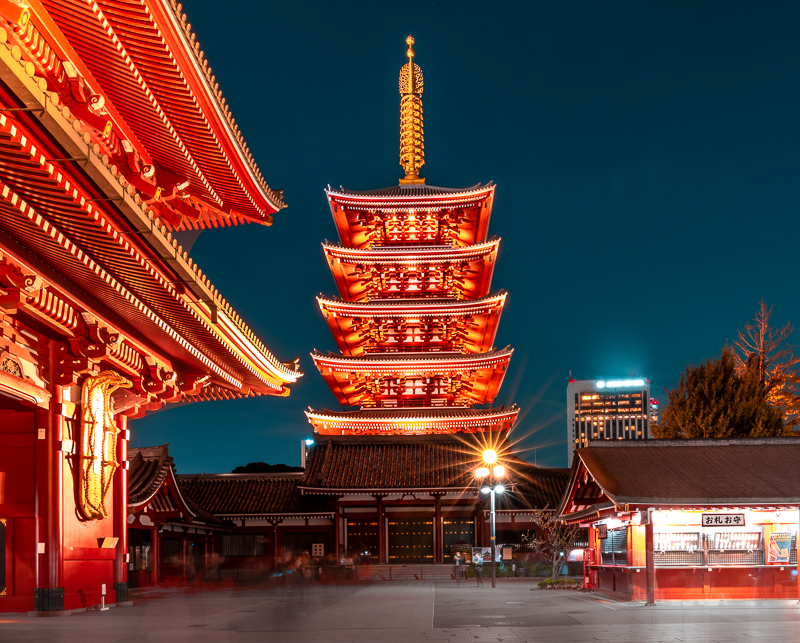

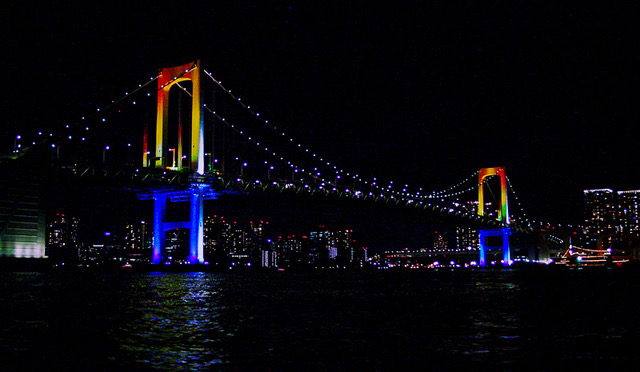
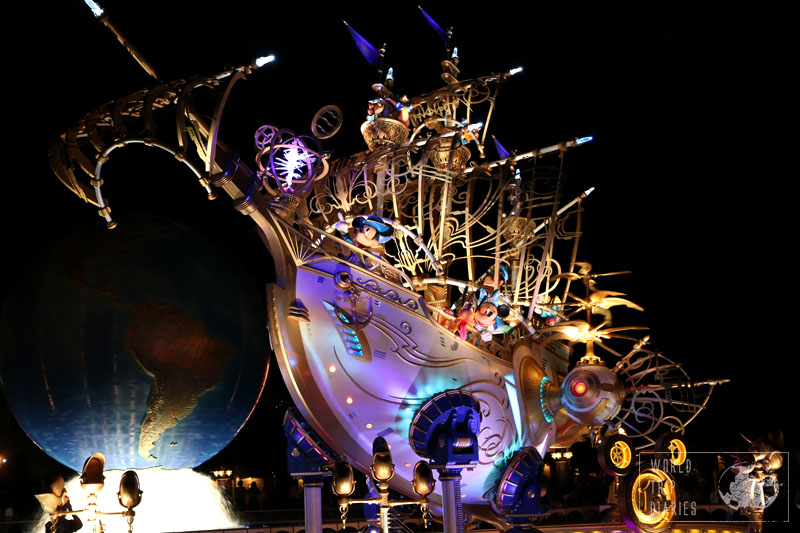
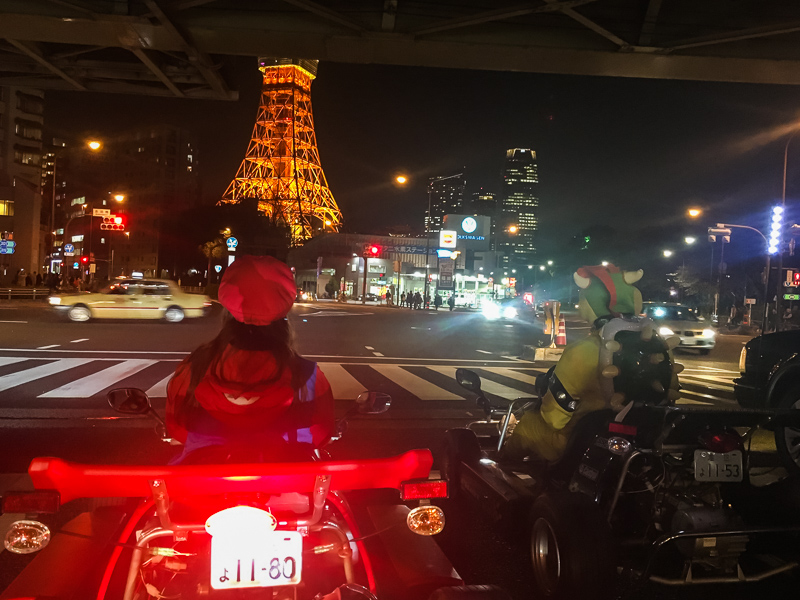
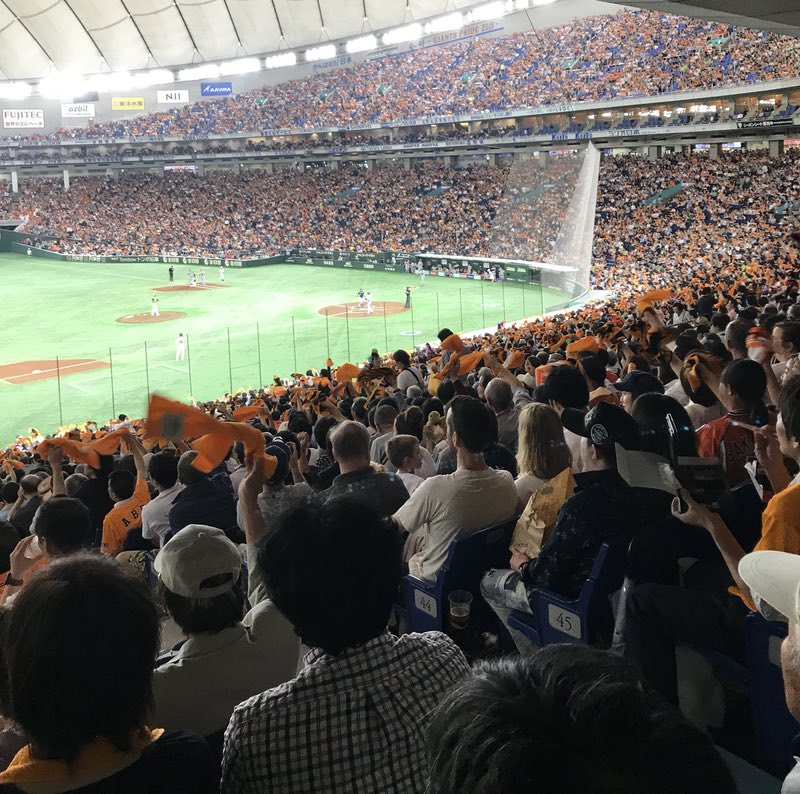
 Tokyo Itinerary – 3 Days (with 4 Day and 5 Day options)
Tokyo Itinerary – 3 Days (with 4 Day and 5 Day options)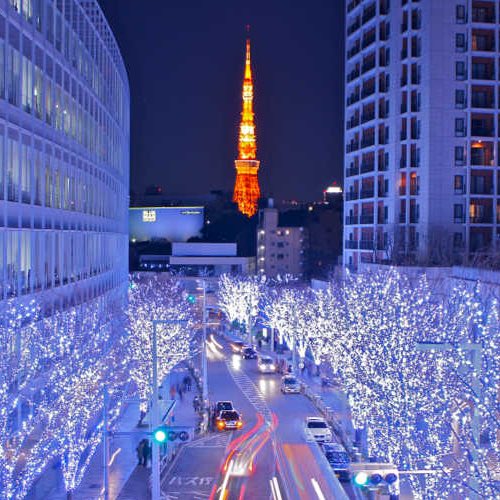 What to do in Tokyo in December (Video #104)
What to do in Tokyo in December (Video #104)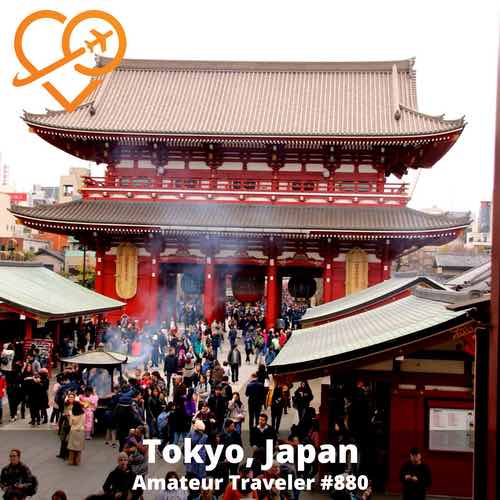 Travel to Tokyo Japan – Episode 880
Travel to Tokyo Japan – Episode 880 Things to do in Odaiba (Tokyo) – Japan (Video #105)
Things to do in Odaiba (Tokyo) – Japan (Video #105)

Abi
Says:December 7th, 2018 at 6:33 am
Such an interesting city. Have such fond memories of my (slightly unexpected!) river cruise!